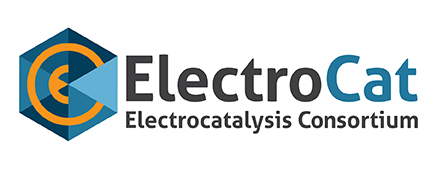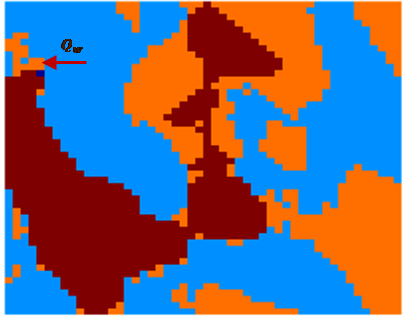| Laboratory: | Argonne National Laboratory (ANL) |
| Capability Expert: | Rajesh K. Ahluwalia, [email protected], 630-252-5979 |
| Capability Details: | |
| Title: | High-Performance Supercomputing for Pore-Scale Simulations of Electrochemical Reactions and Transport Processes in PGM-Free Electrodes |
| Class: | Computational tool and simulations |
| Description: | We are developing pore-scale models, with nm to mm resolution, using high-performance computing to simulate electrochemical reactions, species transport, and liquid water movement in thick PGM-free electrodes. The simulations are conducted on primitive hybrid electrode microstructures that define the distributions and connectivity of primary and secondary pores, active electrochemical reaction sites, solids, and ionomer. |
| Capability Bounds: | The models are most fundamental but require supporting experimental data that are specific to catalysts and electrode structures. |
| Unique Aspects: | Models are most useful in identifying the aspects of electrode structures that limit the performance of thick PGM-free electrodes under different conditions and in guiding improvements needed to overcome these limitations. |
| Availability: | Models are under initial development for thinner low-PGM electrodes and modeling even these thinner electrodes requires access to high performance computers with >100 million nodes and >100,000 core-hours. |
| References: | C. Cetinbas, R.K. Ahluwalia, N. Kariuki, V. De Andrade, D. Fongalland, L. Smith, J. Sharman, P. Ferreira, S. Rasouli, and D.J. Myers, “Hybrid approach combining multiple characterization techniques and simulations for microstructural analysis of proton exchange membrane fuel cell electrodes,” J. Power Sources 344 (2017), pp 62-72.C. Cetinbas, X. Wang, R.K. Ahluwalia, N. Kariuki, R.P. Winarski, Z. Wang, J. Sharman, and D.J. Myers, “Microstructural analysis and transport resistances of low-platinum PEFC electrodes,” J. Electrochem. Soc. 164 (2017), F1596-F1607. |
| Benefit: | This capability is important to the mission of ElectroCat consortium since knowledge of kinetic and transport processes that limit the electrochemical performance are crucial in the development of novel PGM-free catalysts and electrodes. |
| Robustness: | The models are robust but require supporting experimental data for PGM-free catalysts and electrodes of interest. The models have been previously used only for low-PGM Pt/C and PtCo/C catalysts. |


